|
Our world continues to experience multiple humanitarian crises that consistently put millions of lives at risk. As the UN notes, humanitarian crises “often result or exacerbate human rights concerns.” These crisis events significantly disrupt the safety and well-being of individuals, which force accelerated migratory patterns, and in many cases, make the transition a dangerous one. These events can also challenge our tolerance, empathy, and humanity.
A migrant’s journey usually carries a heavy burden. For individuals that are forced to flee their country of origin due to natural disasters, economic, conflict, violence, or other major emergencies, their transition can be extremely taxing and even a traumatic one. Amidst a backdrop of a pandemic, migrants must often also battle multiple dangers such as facing discriminatory practices, exposure to violence and exploitation based on their vulnerable circumstances, in particular women and girls. Everybody’s safety and well-being should be regarded, and above all a sense of cooperation that rallies around the dignity of every human being. No country has a monopoly on stability and a pandemic can often remind us how universal hard times and suffering can be. Let’s urge each other to respond with an attitude of kindness and cooperation during these dark times especially to those seeking asylum. True hope for humanity lies in lifting each other up and our ability to uphold the human dignity of those around us. Monthly column written for St. Joseph Catholic Church, Tampa, FL https://bit.ly/CCBulletin082221
0 Comments
While immigration laws and procedures can be quite a controversial and delicate topic to tackle, denying a person’s human rights and freedom of movement, directly compromises a person’s humanity and dignity. According to the UN in 2020 approximately 281 million people worldwide, lived outside their country of origin.
While pull factors like work, study abroad or family ties are behind a migrant’s journey, push factors from their country of origin such as fleeing from violence, political unrest, economic crisis, and climate change are also part of their reality. Migrants face vulnerabilities in countries of transit or countries of arrival such as lack of resources, support network, fluency in local language or discriminatory practices. Moreover, migrants often face discriminatory practices such as racism, xenophobia and related intolerance which exposes them to abuse such as violence, exploitation, and human trafficking. As the USCCB reminds us there is a “misconception that immigrants are criminals and a threat to our unity, security and well-being” often overshadowing our need to respect an individual’s human dignity. Catholics, for example, have responded with a high call to maintain human dignity at the center of enacting immigration laws. Corporations also have a high social responsibility to ensure their migrant labor contracts and worker practices are in line with respecting the dignity of the person and mitigate labor trafficking dangers. We all have a story, which more than likely includes movement for one reason or another. As we journey through life, let’s remember to uphold the dignity of every person we encounter. Monthly column written for St. Joseph Catholic Church, Tampa, FL https://bit.ly/CCBulletin080121 Human trafficking continues to impact our daily life in unexpected ways. As consumers we are not always aware of the cycles of abuse and exploitation that may lie behind the goods and services we purchase.
While sex trafficking headlines sadly abound in connection to child sexual abuse material (pornography) and sex rings, another reality of this oppressive and illicit crime is labor trafficking which includes private sector industries such as agriculture, construction, factory work, illicit massage businesses and domestic work. According to the International Labour Organization (ILO) more than half of the 24.9 million individuals trapped in forced labor are exploited in the private sector. Labor trafficking often goes unnoticed amongst vulnerable communities such as migrant and seasonal farmworkers in search of a better life, who rather continue operating in silence in spite of abusive situations under traffickers that exploit their labor services, using the victim’s fear of deportation, lack of funds, lack of a local support network or even local language fluency to their advantage. Made in a Free World offers additional insight and solutions to help improve supply chain transparency and help eliminate labor trafficking. They also offer a unique tool for consumers via www.slaveryfootprint.org to help conceptualize a potential slavery footprint we may unsuspectedly be contributing to. Human trafficking, including labor trafficking, occurs worldwide including within the U.S. While we may be indirectly contributing to the cycle, each of us can proactively play a part to help fight human trafficking in our daily lives. What do you know about the products and services you buy? How can we help strengthen our community to help reduce vulnerabilities where we are and help preserve human dignity for each and every person? Monthly column written for St. Joseph Catholic Church, Tampa, FL http://bit.ly/CCBulletin062021 Victims of human trafficking are recruited through the use of force, fraud or coercion for the purposes of exploitation. The crime affects victims from all walks of life locally, regionally and internationally. Human traffickers target an individual’s vulnerability to feed their enterprise.
Poverty and culturally accepted discrimination are common underlining vulnerability factors which increase the risk for human trafficking. Migrants are particularly vulnerable to exploitation and abuse from traffickers because of their delicate migratory status, which often leaves them without access to community support or legitimate forms of employment and social protection among other needs. Victims of labor trafficking are often forced to work in deplorable conditions in various sectors such as agriculture and hospitality (including illicit massage/spa locations), as well as in more informal work situations such as domestic servitude (i.e. housekeeping, yard work and childcare). An often overlooked connection is that between sex trafficking, perhaps the most talked about form of human trafficking, and the commercial sex industry, including porn. Society does not often correlate the two and may even justify its benefits or avert the conversation altogether. The question often comes up regarding victims, “why don’t they just leave their situation?." Sex trafficking victims are manipulated by their trafficker who will often resort to psychological threats and abuse, if not also physical, to keep a victim unable to escape their exploitative situation. Data shows that the United States is one of the leading countries in pornography consumption, often user-generated. This means, that individual users are uploading the amateur content to outlets that offer this type of unchecked content which often includes minors (younger than 18 years of age). Beyond any moral argument related to porn, a danger lies when an individual in any of these videos is not participating voluntarily, especially when a minor is involved which would be legally deemed child sexual abuse. This is a complex matter, but simple questions and accountability as to what we are consuming every day, can help us decide if we are indeed respecting the dignity of all human beings we encounter in our daily lives. A leading organization in the U.S. to learn more on the topic: www.polarisproject.org Monthly column written for St. Joseph Catholic Church, Tampa, FL http://bit.ly/CCBulletin0521 Human trafficking in all its forms (i.e. labor trafficking, domestic servitude and sex trafficking) is a violation of the dignity of the human being. The United Nations reports that the crime impacts over 40 million people around the world with women and children accounting for 71% of all total victims. A more alarming statistic is that one in four human trafficking victims are minors (girls and boys). Human trafficking can take place in any country, state or community, wherever vulnerability is a factor.
Migrants, particularly women and children, are especially vulnerable to human trafficking due to their migrant status while also confronting attitudes and actions of exploitation, discrimination, xenophobia or hypersexualized stereotypes placing them at risk of abuse and violence. Abuse can often manifest itself in emotional and psychological ways, making it more difficult to identify a victim. Elements in the culture within society, such as indifference, play a significant role in enabling human trafficking to occur as well as hiding it in plain sight. How can we serve and act more like a good Samaritan welcoming and drawing close to those around us in vulnerable situations, such as migrants and refugees who are often faced with a journey riddled with difficulty, need, pain and lots of sacrifice in search of a dignified life? Do we know their story? Perhaps we can explore our own attitudes and behaviors to identify ways where we can help provide comfort, protection, integration and support where others can confirm their own dignity and humanity. Monthly column written for St. Joseph Catholic Church, Tampa, FL http://bit.ly/CCBulletin050221 COMBATTING TRAFFICKING IN PERSONS: A REGIONAL PROJECTExcited to share my research on culture and law & policy in combatting human trafficking. The data that emerged from my research shows that elements in the culture enable human trafficking. My research was focused on investigating the cultural underpinnings that may be fueling human trafficking to persist, despite what laws may help curtail. But what was more alarming is that the data also shows that while there are laws in place, which could always be strengthened in some cases, to help prevent and prosecute the crime, the practice still continues.
Migration is a subject that should be of great concern to all of us and yet is often riddled with controversy. According to the United Nations, approximately 3.6% of the world’s population (roughly over 281 million people), currently lives outside their country of origin. Although some of us might be able to choose to relocate and embark on great adventures, many others are forced to flee their home in search of a better life due to poverty, war, political tensions, or violence. Migrants will go to great lengths, sometimes risking their lives, to find a place where they can live with dignity and provide a better future for themselves and their family. They face logistical challenges along their journey with discriminatory laws and attitudes that preclude them from finding safe refuge.
While countries must carefully manage these new incoming relationships, there is also a responsibility to uphold the dignity of every person and to respect their inherent human rights. Migrants are often denied asylum or due process and forced to live in deplorable conditions while facing discriminatory attitudes including classism, racism and xenophobia, furthering their vulnerabilities into poverty violence, abuse and exploitation. How does this apply to each of us? In terms of action, how do we view someone who is a migrant? Do we know their journey? Do we treat them with respect and acknowledge their presence as an equal human being? Are our actions consistent with the Church’s social teaching? It can be quite uncomfortable to reflect upon these concepts, yet a necessary examination of conscience as we strive to live out values and faith that uphold the dignity of every human being. Monthly column written for St. Joseph Catholic Church, Tampa, FL http://bit.ly/CCBulletin041121 Panel Discussion: Migration in the Context of Venezuela at the intersection of human trafficking3/24/2021 Great conversation with Alan Dunst from Catholic Forum about Human Trafficking. CLICK HERE: bit.ly/YTCForumHumanTrafficking 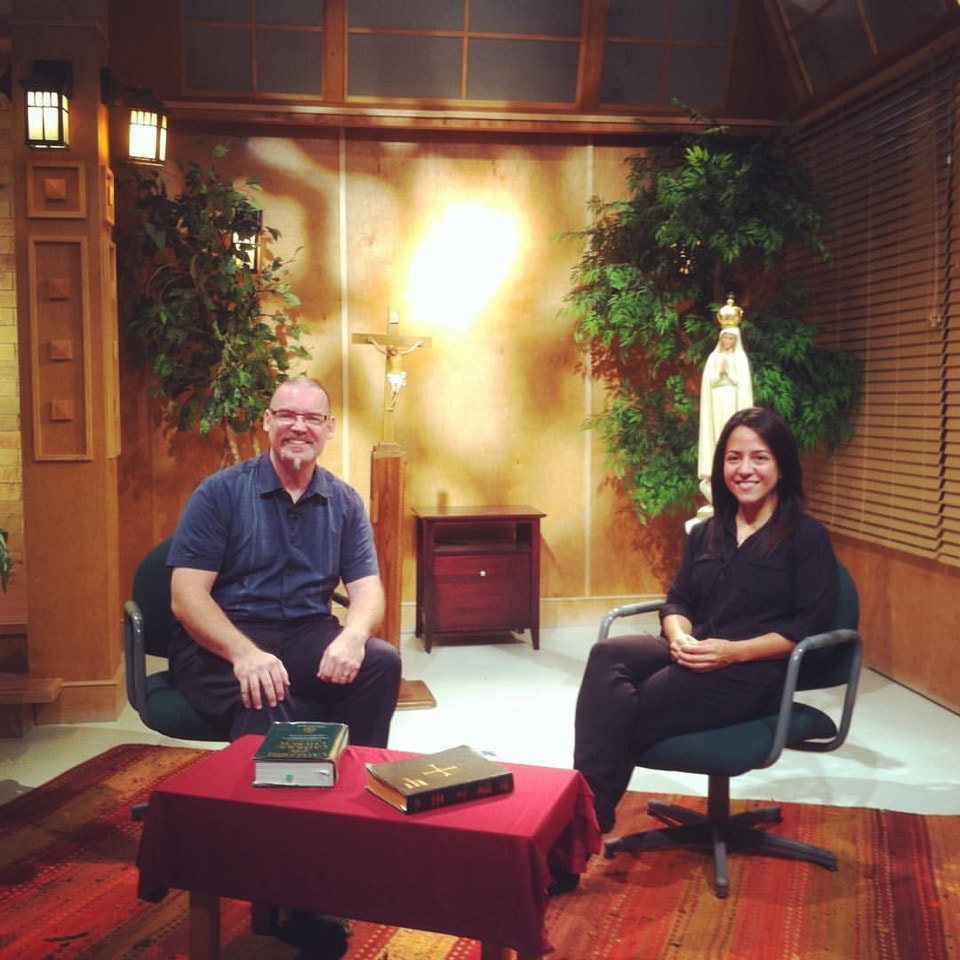 |
gaby DeBellisLL.M., J.S.D., Archives
August 2022
CATEGORIES |

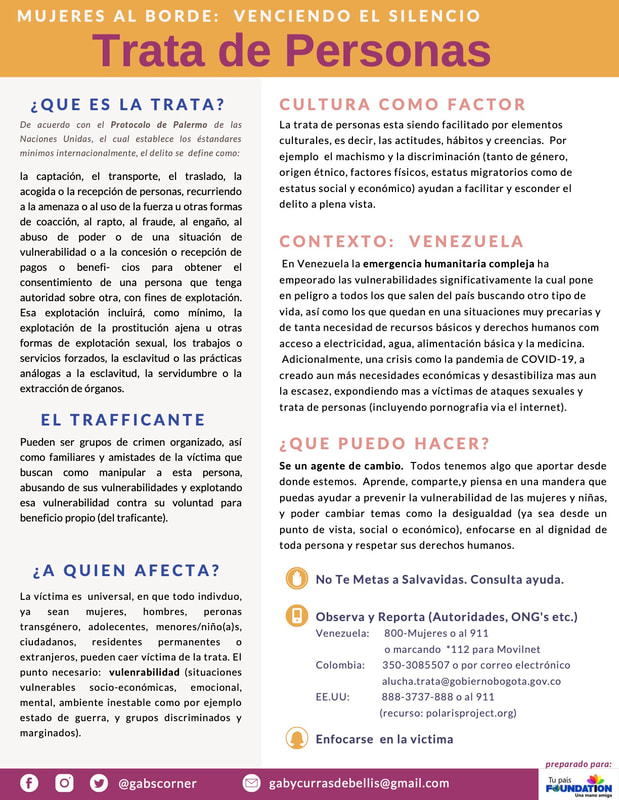
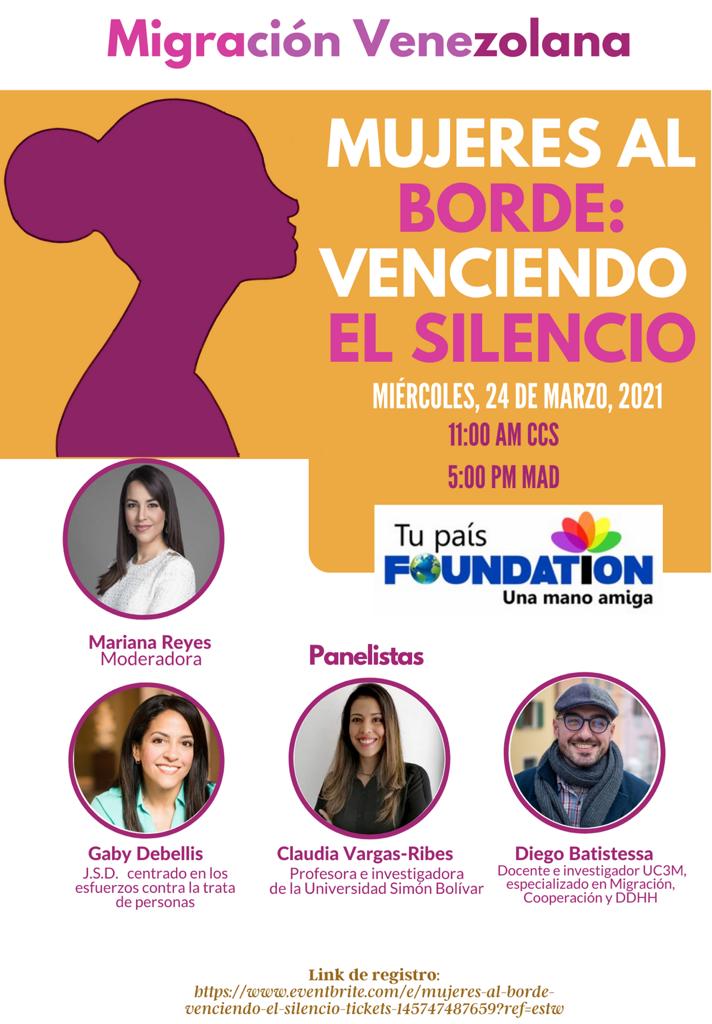
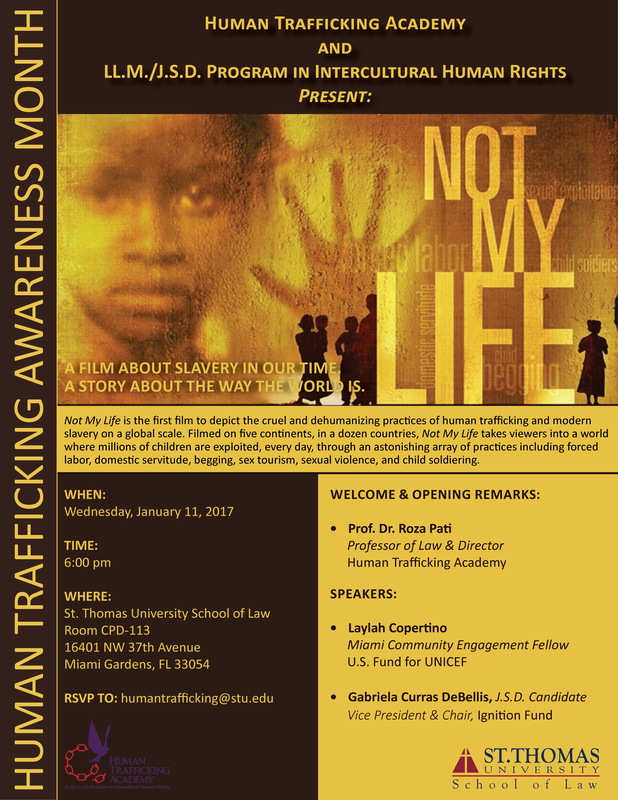
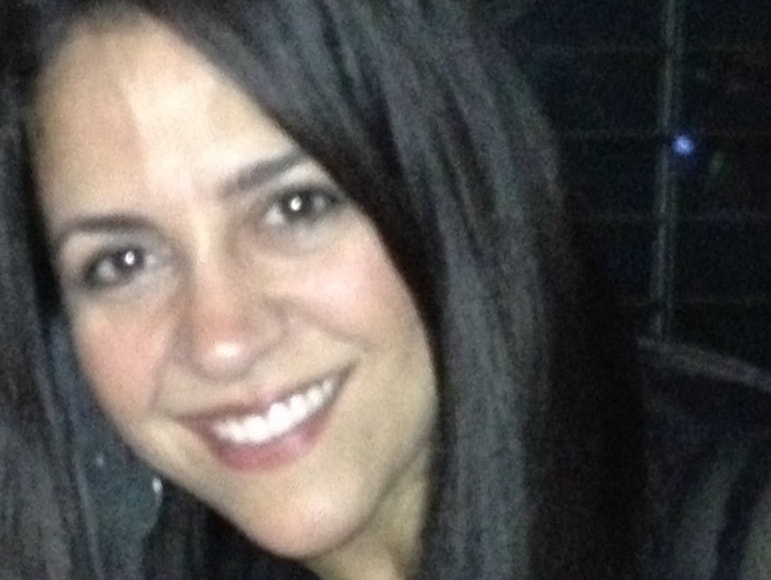

 RSS Feed
RSS Feed